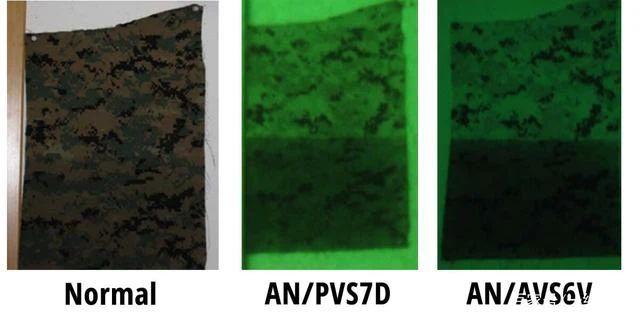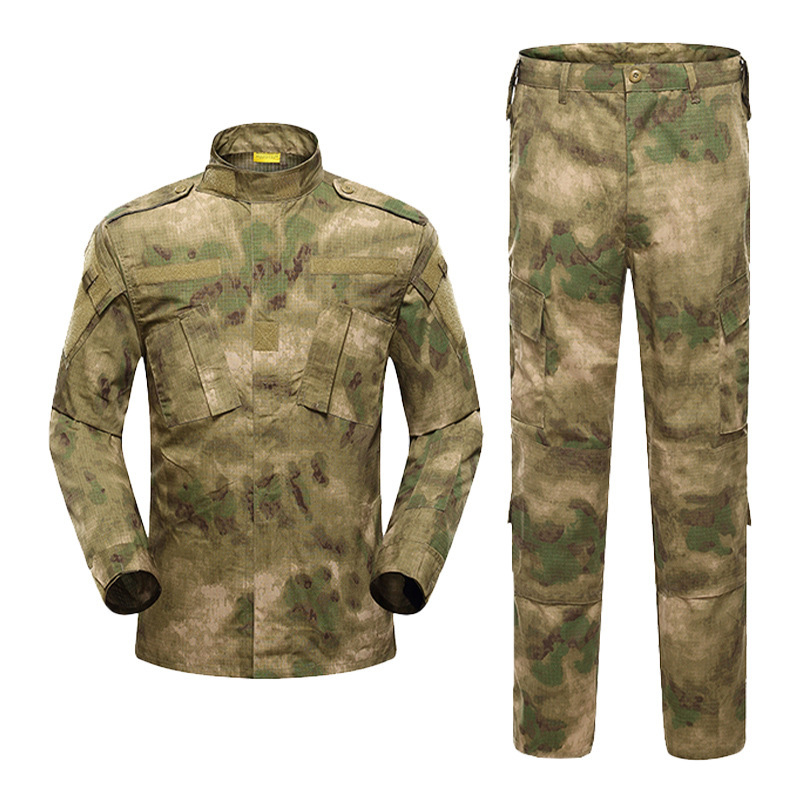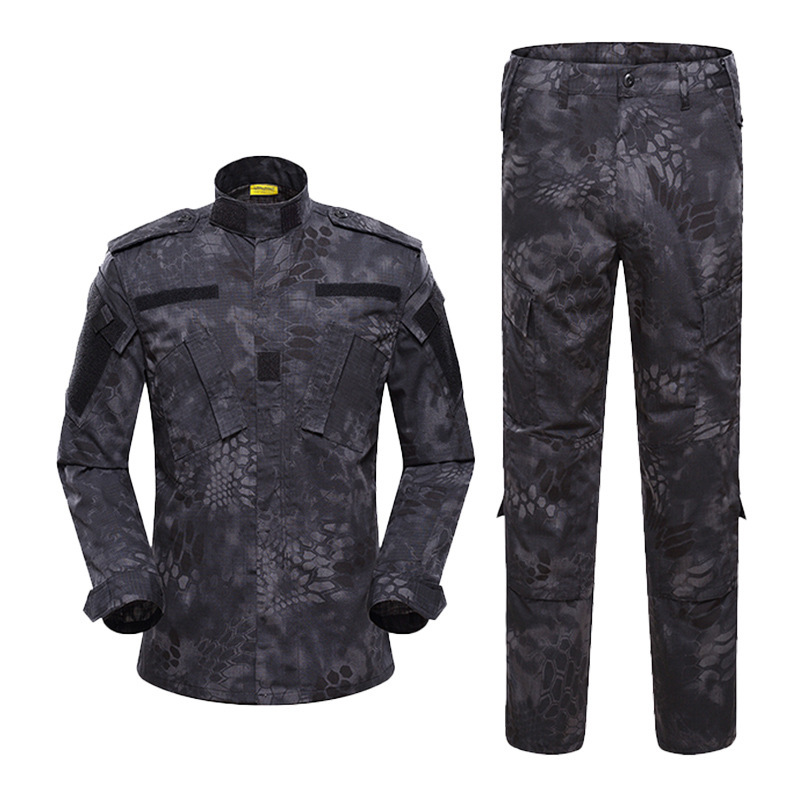Near infrared, shortwave infrared, and forward looking infrared. These are some acronyms for various detection methods that tactical operators must deal with when they need to hide or simply integrate into the surrounding environment. NIR is the oldest of these detection methods. In this article, we explain what it means for a tactical garment to conform to NIR, how it becomes NIR compliant, and how this conformity relates to the camouflage pattern printed on the garment.
Infrared vision has existed for millions of years. Frogs, snakes, and fish are one of many animals with infrared vision. But it's not a mammal. Mammals (including humans) do not have infrared vision because their eyes lack suitable receptors.
But humans can compensate for this deficiency by improving our information processing. You see (not a pun), near-infrared spectroscopy provides us with a lot of information that we usually miss, especially because we really rely on the light in the visible spectrum to see what happens around us at night
This is not entirely a bad thing, as even though it is difficult to see at night, the lack of visible light after sunset allows us to remain invisible, while also giving us the opportunity to use NIR spectroscopy to observe and collect data.
As mentioned earlier, NIR cannot be detected by the naked eye, which makes it very useful in tactical space. Other functions of NIR: When used for optical imaging, it can retain more details over a longer range. In addition, it is not as easily damaged by fog and haze as shorter infrared waves. In addition, the images it produces are clearer and easier to understand for humans.
The disadvantage of NIR imaging is the lack of color. NIR exceeds our visible color range, which prevents us from seeing the red, green, or blue we perceive.
Another disadvantage is that NIR light needs to come from a light source in order to be reflected back by an object.
How NIR affects clothing
If you are hidden and the other person knows you are somewhere outside, they will work very hard to discover you. The basic facts of tactical life require you to equip yourself with detection and avoidance capabilities.
The best technology to support detection avoidance is the clothing you wear, as it covers most of your body. In addition to providing basic environmental protection such as rain, sun, wind, etc., your clothes also come with a platform that can cover camouflage patterns. In other words, you are already getting dressed; To make them hide you, they just need to adapt.
However, there is a turning point for NIR. If you are willing, you can consider matching the uniform with the forest environment. In that environment, there are bark, leaves, and soil - their colors and shadows are all different. So the camouflage pattern of the uniform needs to be brown, brown, and green. It is indeed a challenging task. But what if the only color in the forest is green?
Imagine it. Green tree bark, green leaves, green soil. This will definitely make it much easier to come up with effective camouflage patterns.
Well, this is actually the concept behind NIR masking. It focuses on one wavelength (green in our example) and attempts to match the environment.
We chose green as an example because it is what you see through the night vision device's eyepiece. The image is green. Have you ever thought about why this happened? This is because green is the color that the human eye can tolerate the most when viewed through night vision devices for a long time.
One advantage of NIR is that it does not translate "color". On the contrary, it presents different intensities of light reflected back from objects such as trees, leaves, and soil. Matching this reflected NIR light with your environment is what we call NIR compliance.
A common misconception is that NIR compliance is inherent in colors and camouflage patterns. In fact, NIR compliance is a characteristic of fabrics and the dyes used on them.
Does this mean that there can be multiple NIR attributes in a single mode (such as MultiCam)? The answer is yes. It all depends on the type of dye or coating used.

How to make clothing comply with NIR standards
Now that it has been clarified that poor near-infrared performance is an error in camouflage patterns, we can continue to address another important issue.
Like other issues, you must start from scratch. In our example, the starting point is the fabric. PolyCotton and NyCo are very comfortable and durable fabrics - that's why we use them. Moreover, due to their excellent performance, it is unreasonable to seek alternatives in the process of improving NIR performance. On the contrary, a wiser approach is to focus on improving the high-quality fabrics we already have.
Coincidentally, there are multiple methods to extend the performance of optical fibers in NIR spectra. That is, they are:
Physical modification
Surface modification
Additive modification
In the final section, you can find a large number of additives, but the most eye-catching one is dyes. As briefly mentioned in the "NIR Definition" section above, NIR spectroscopy can be used to analyze chemical bonds. Here, chemical composition also plays a role. Chemical bonds play a major role in the absorption region of fabrics and can be modified to make the fabric more useful. By adjusting them, we have obtained what we believe is necessary to achieve the perfect disguise.



